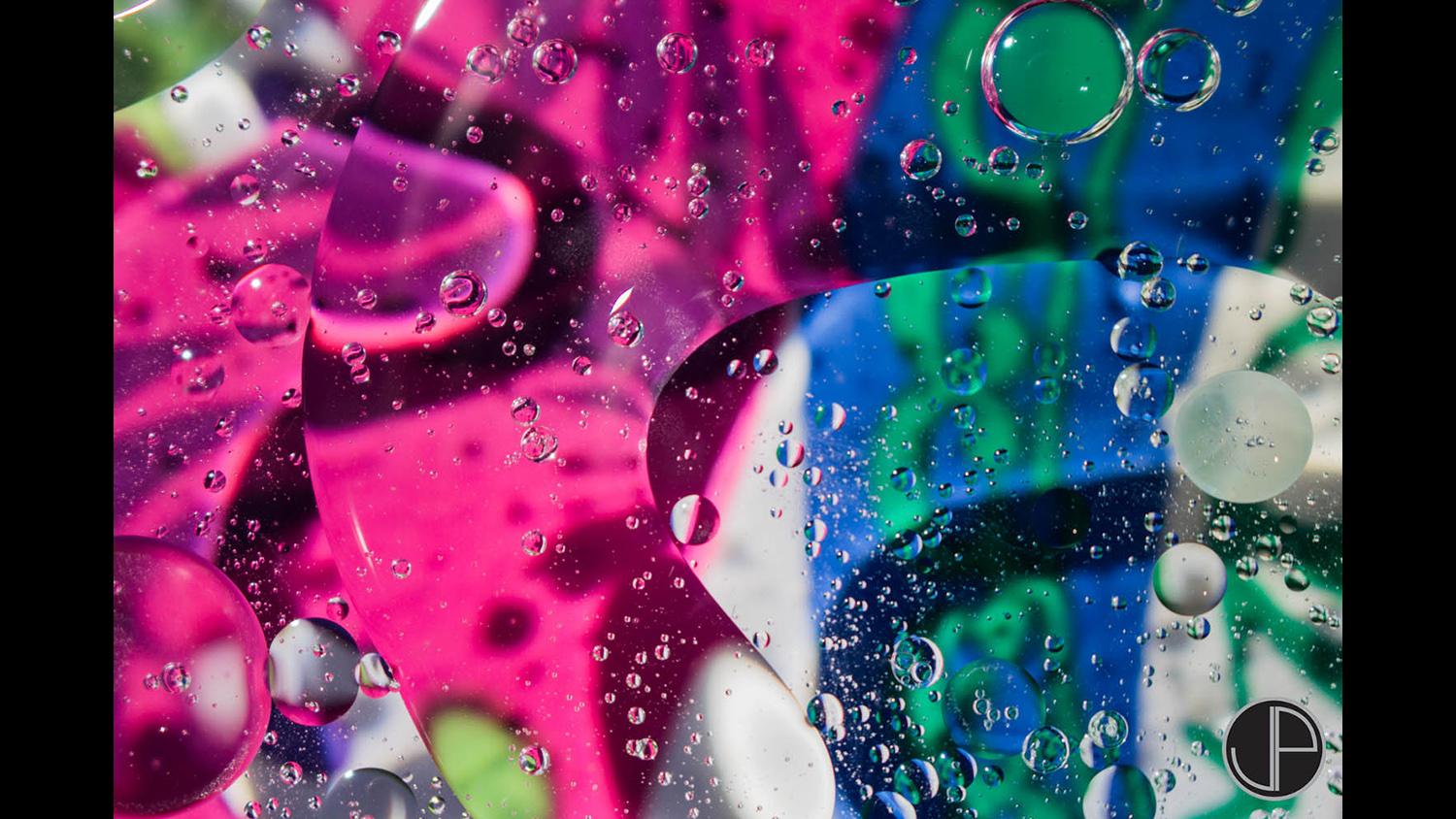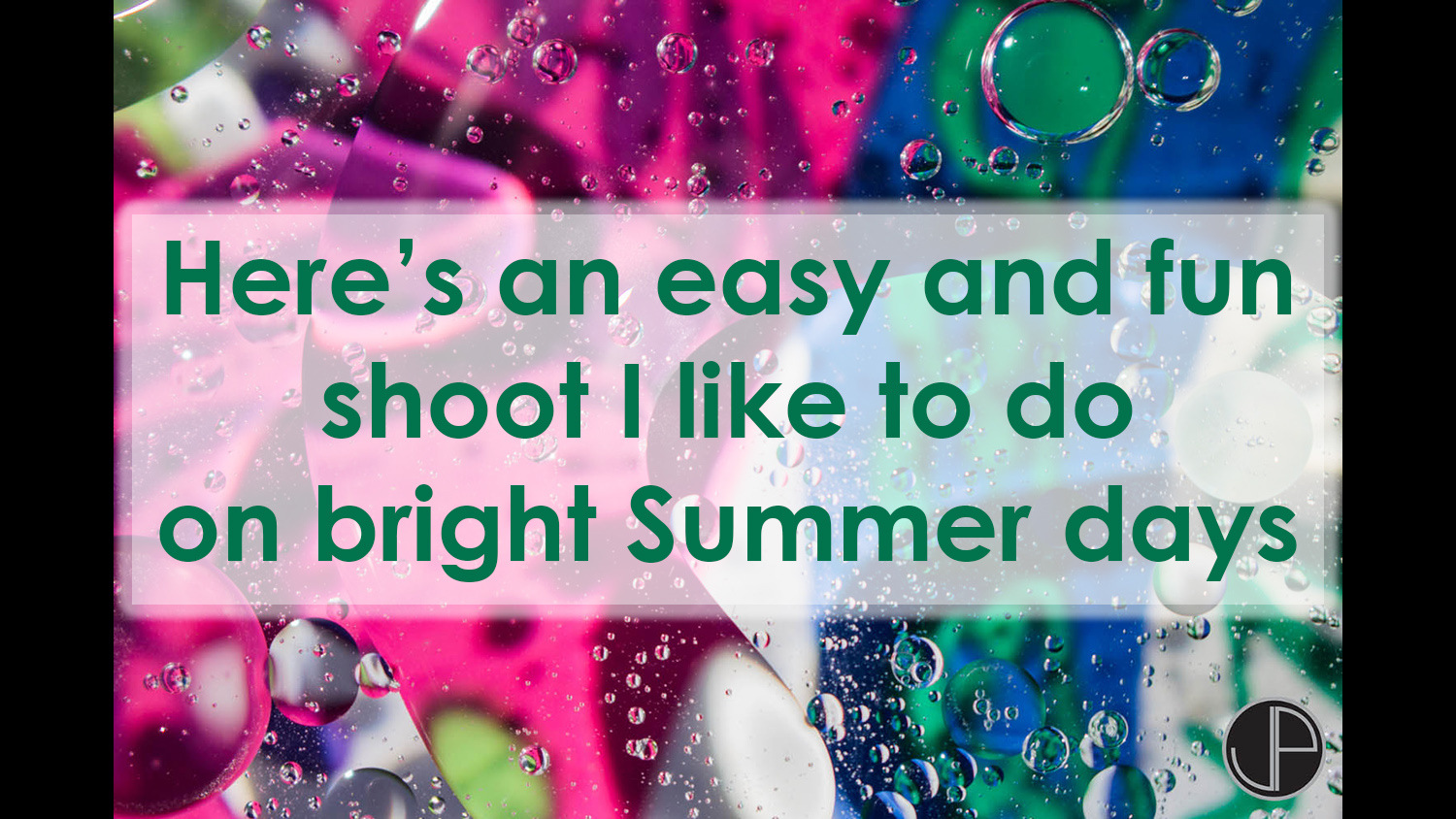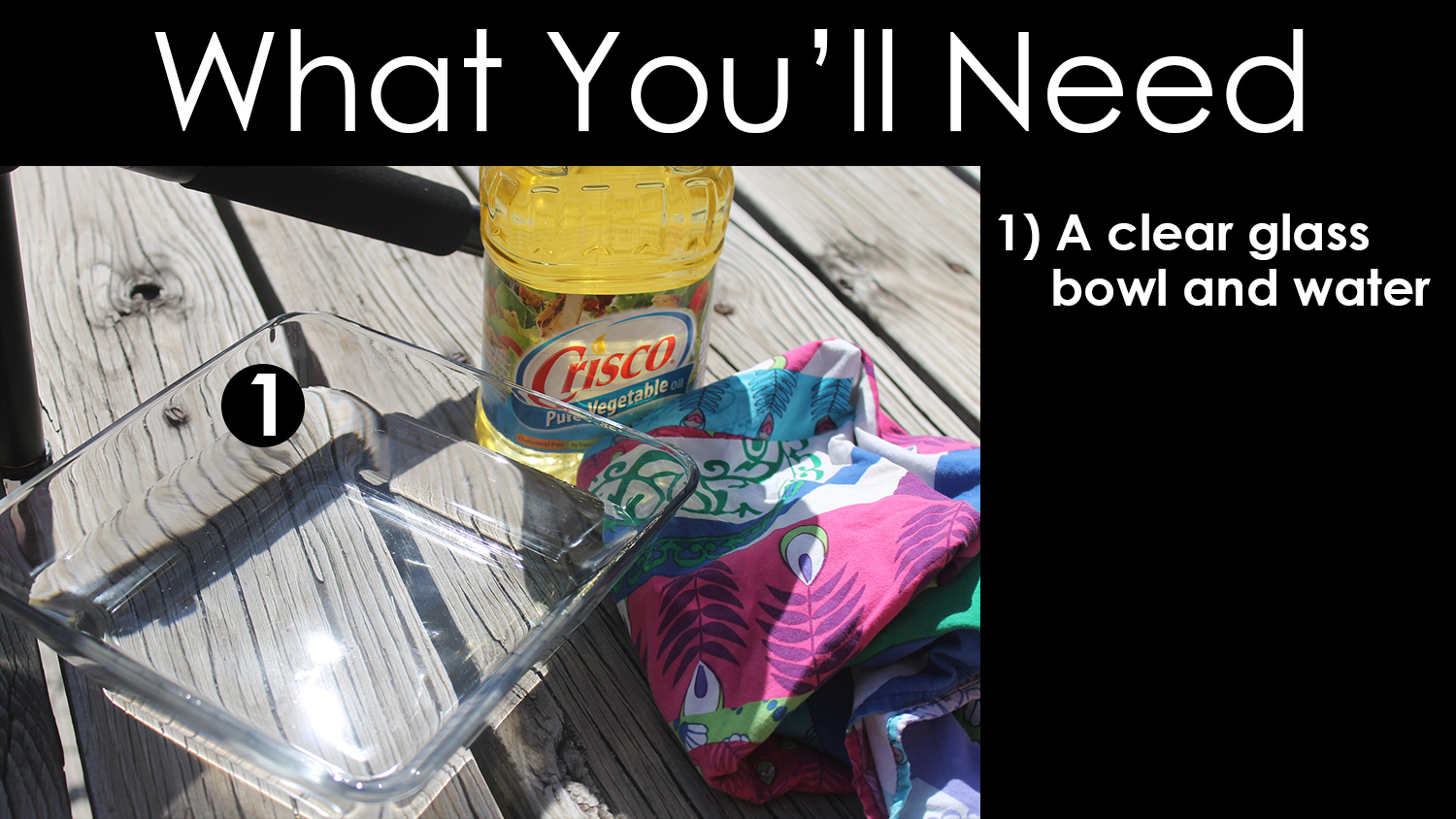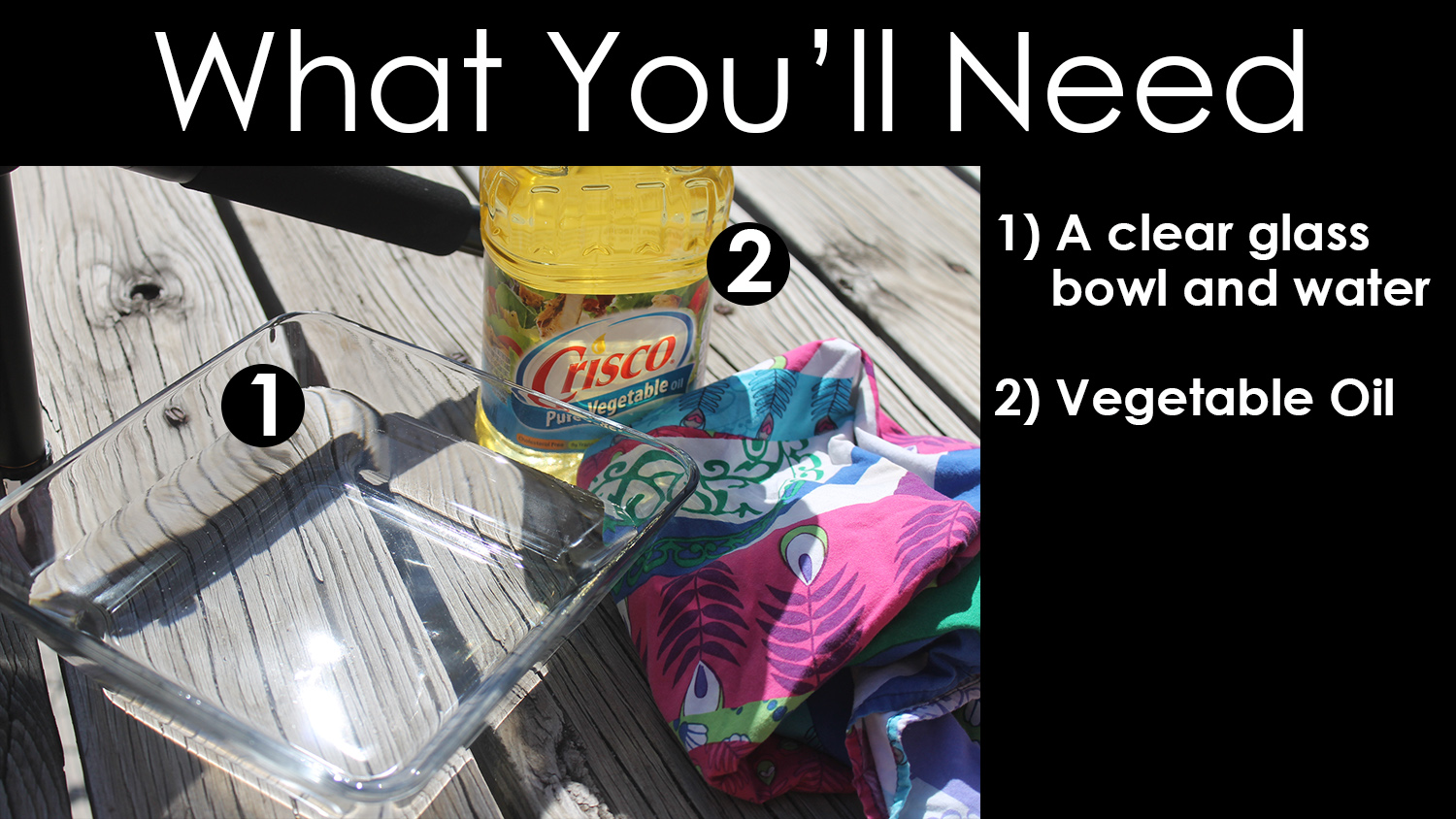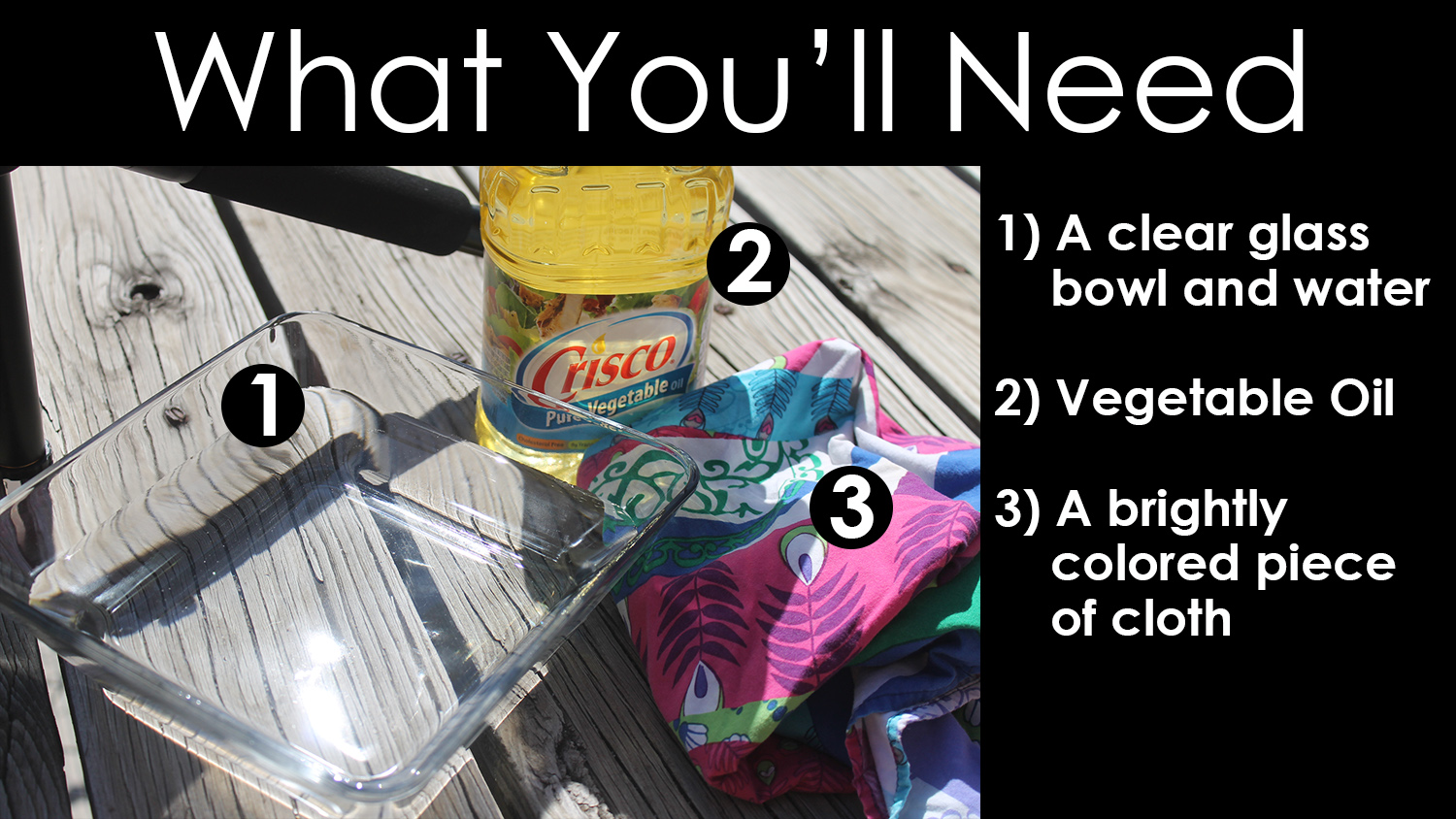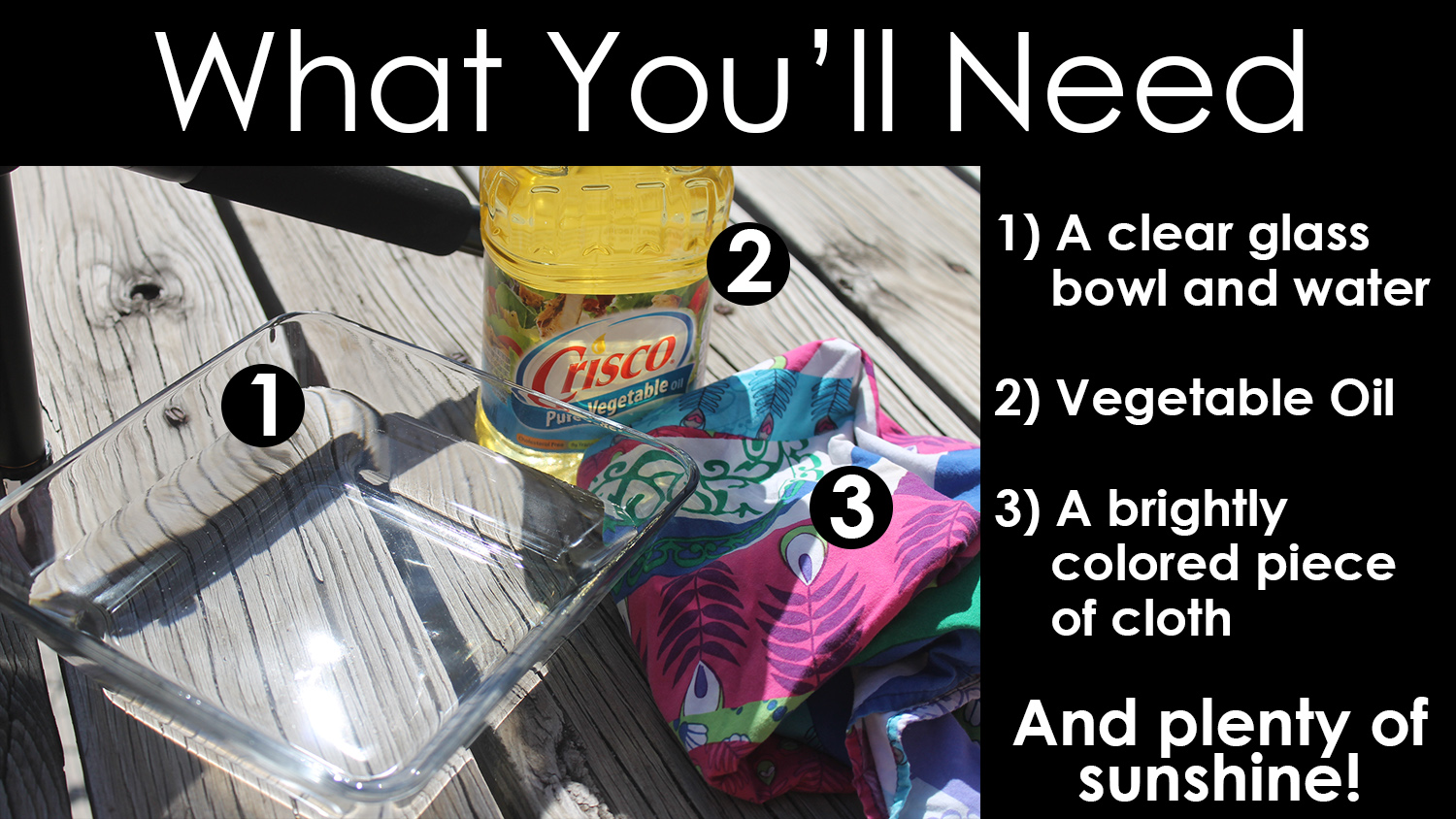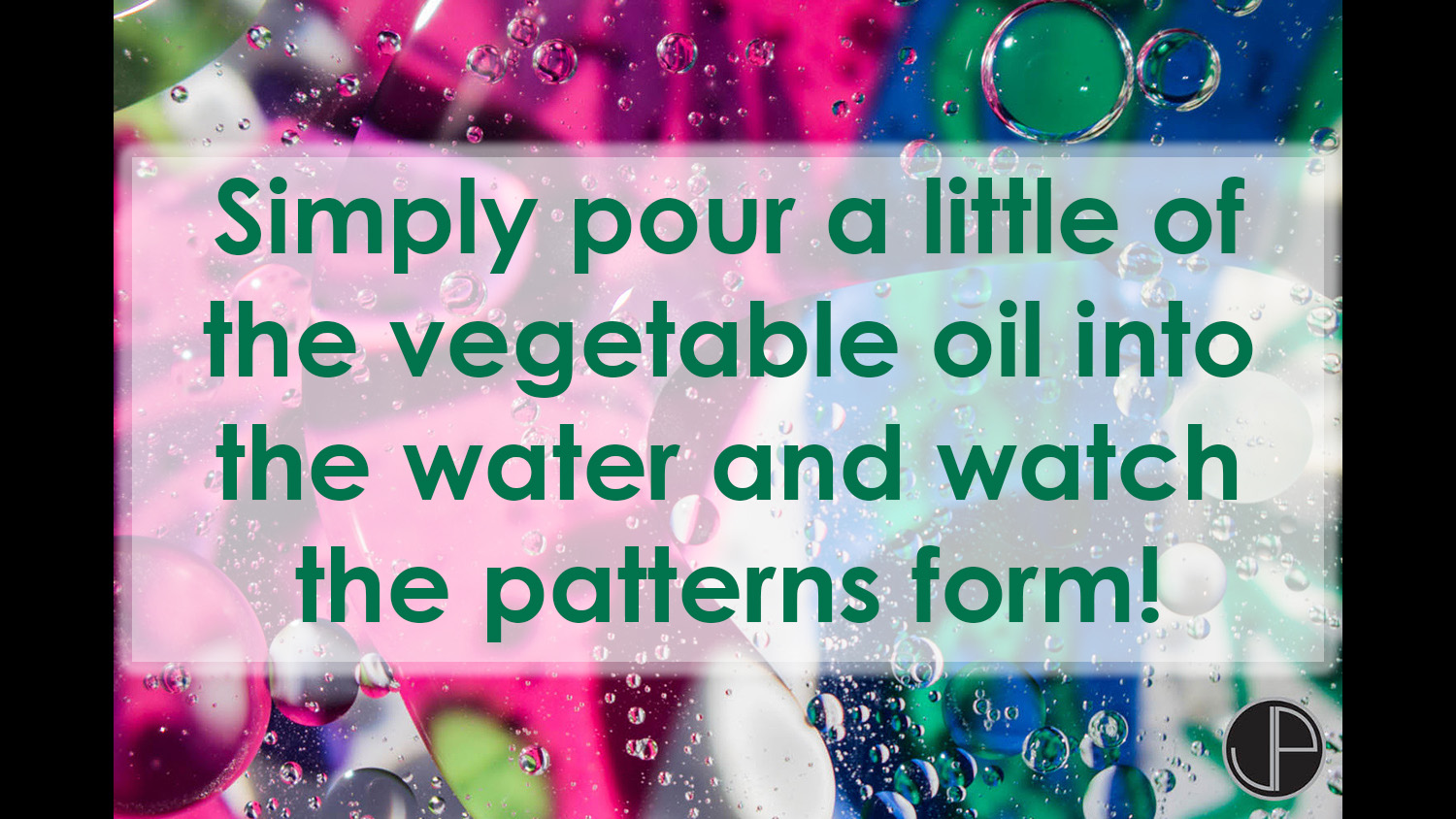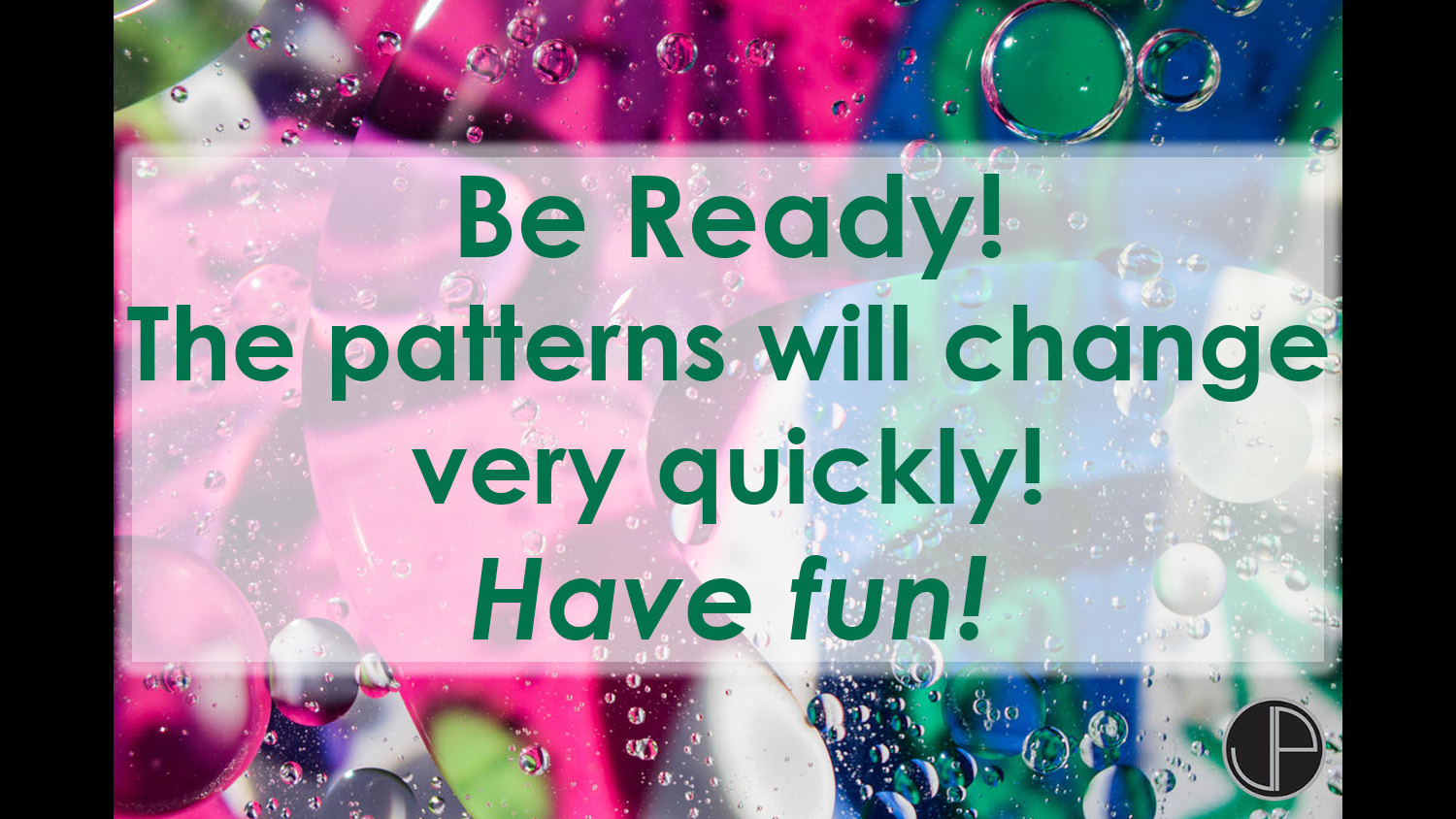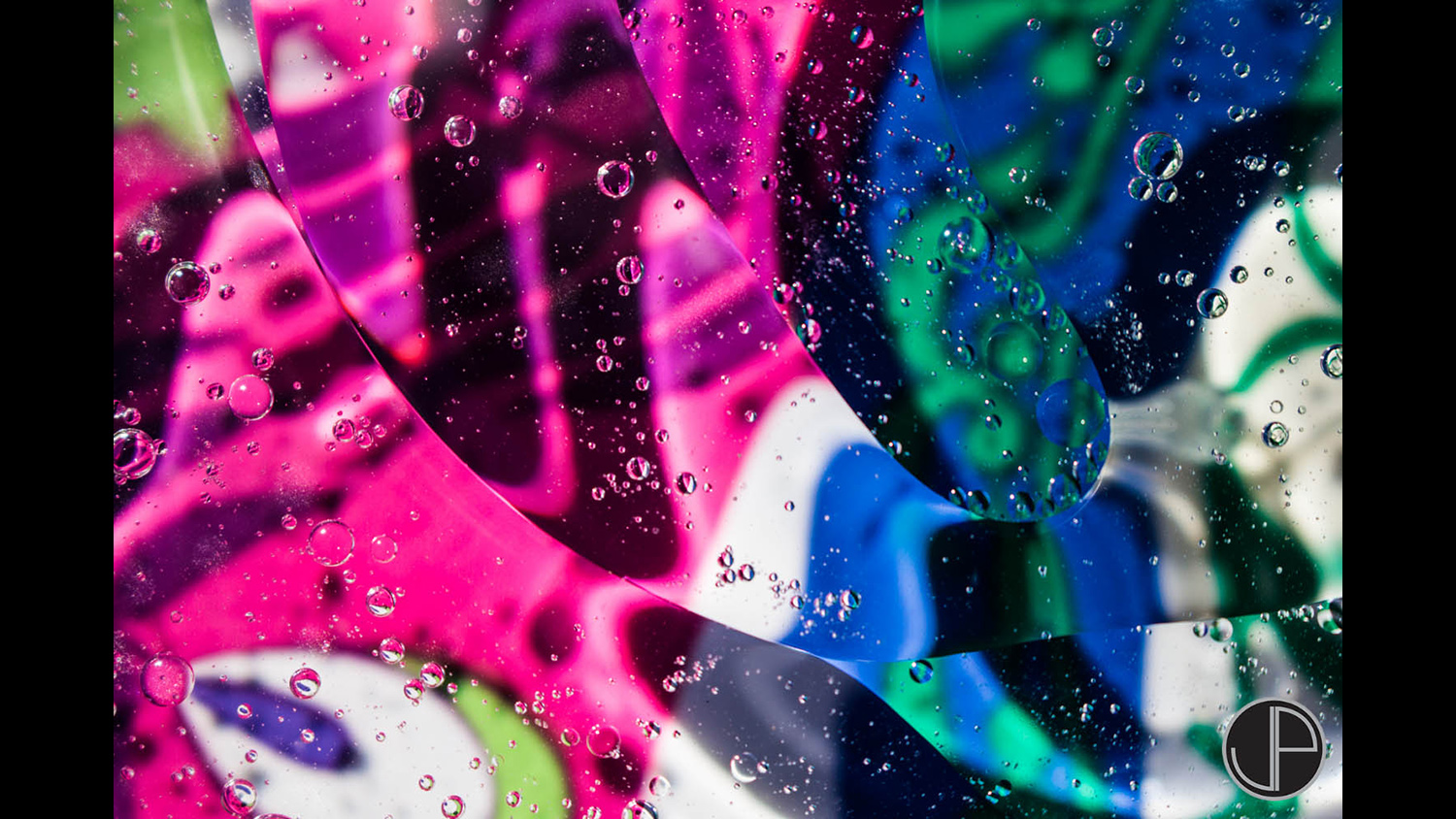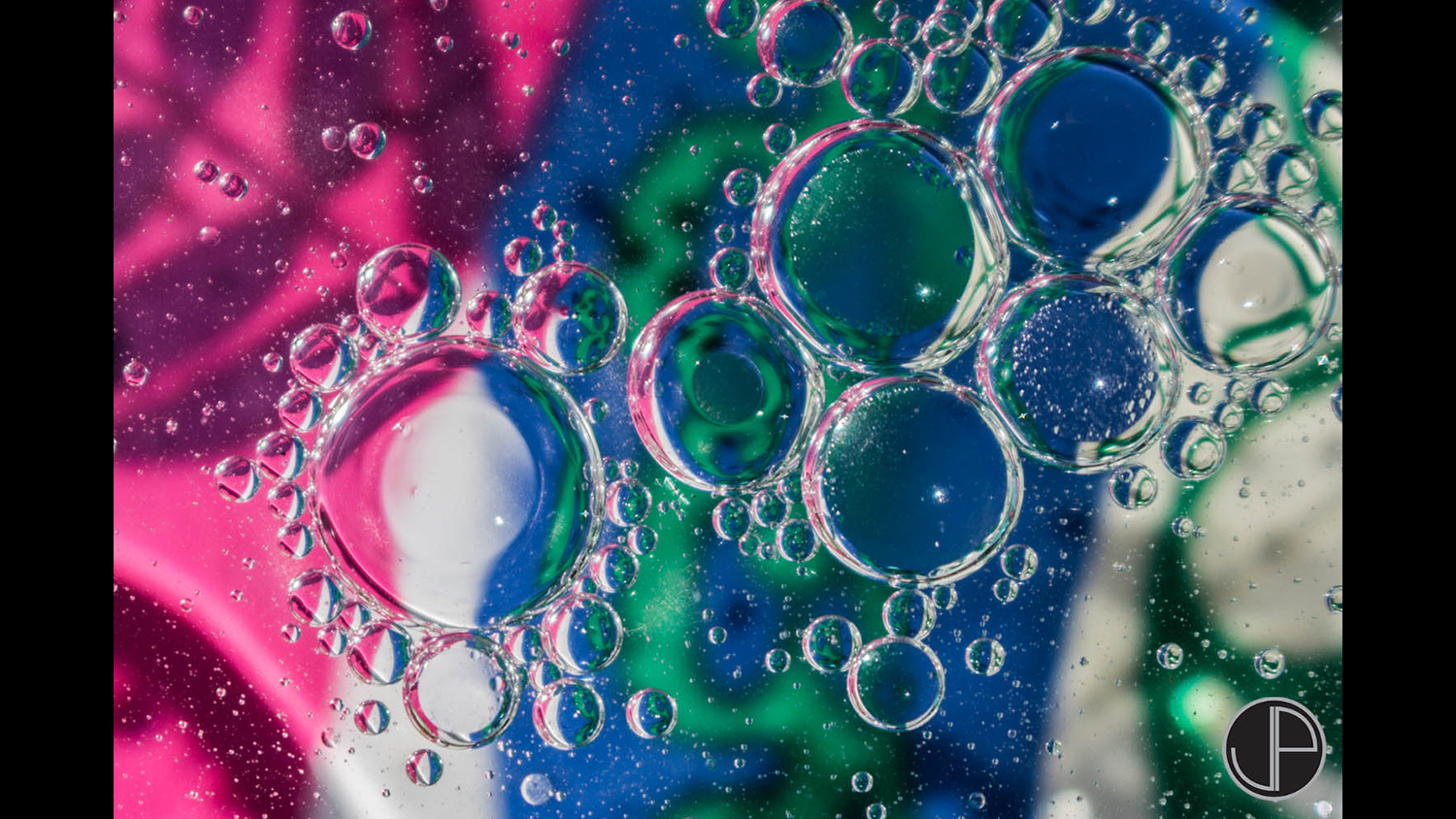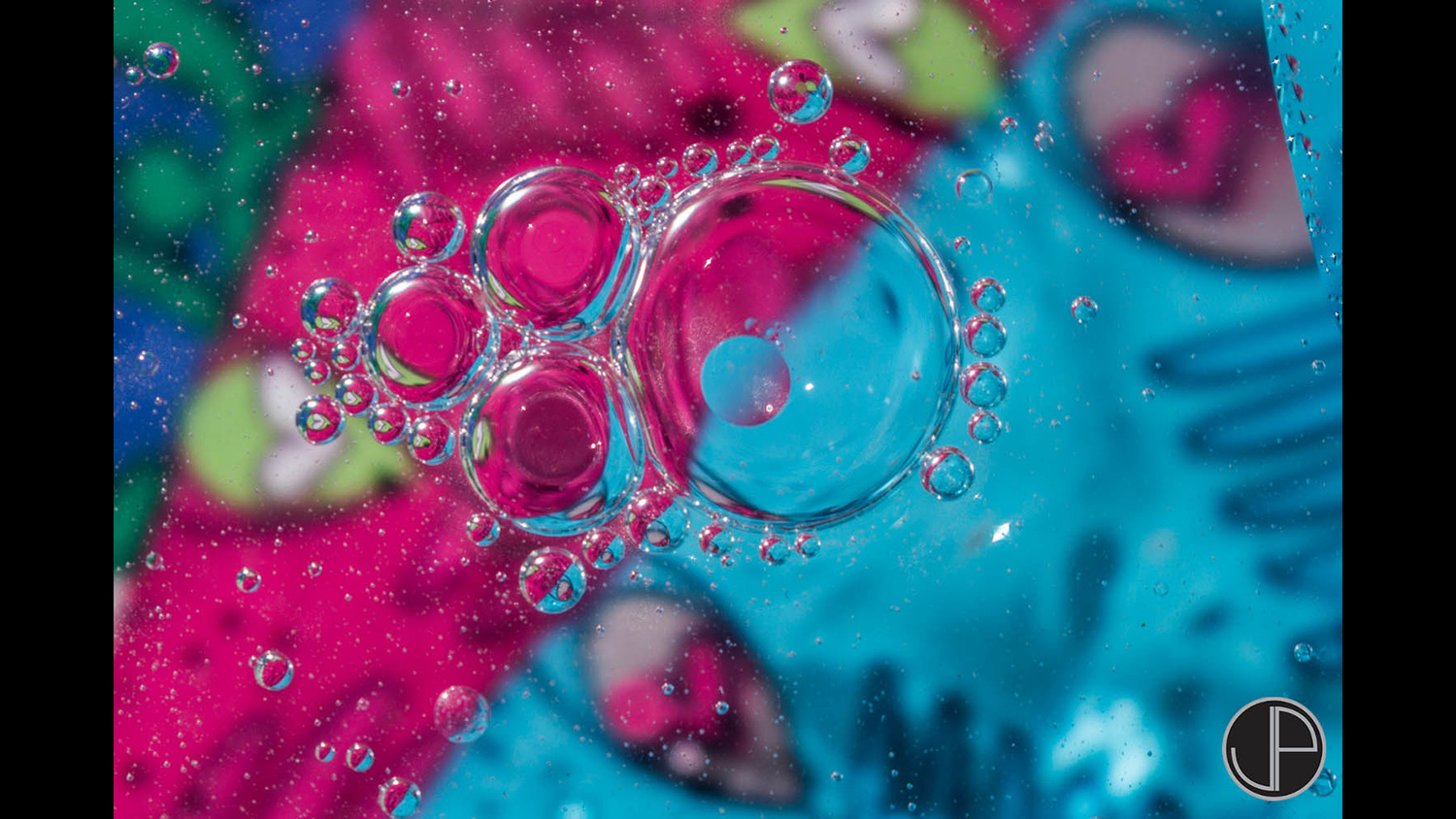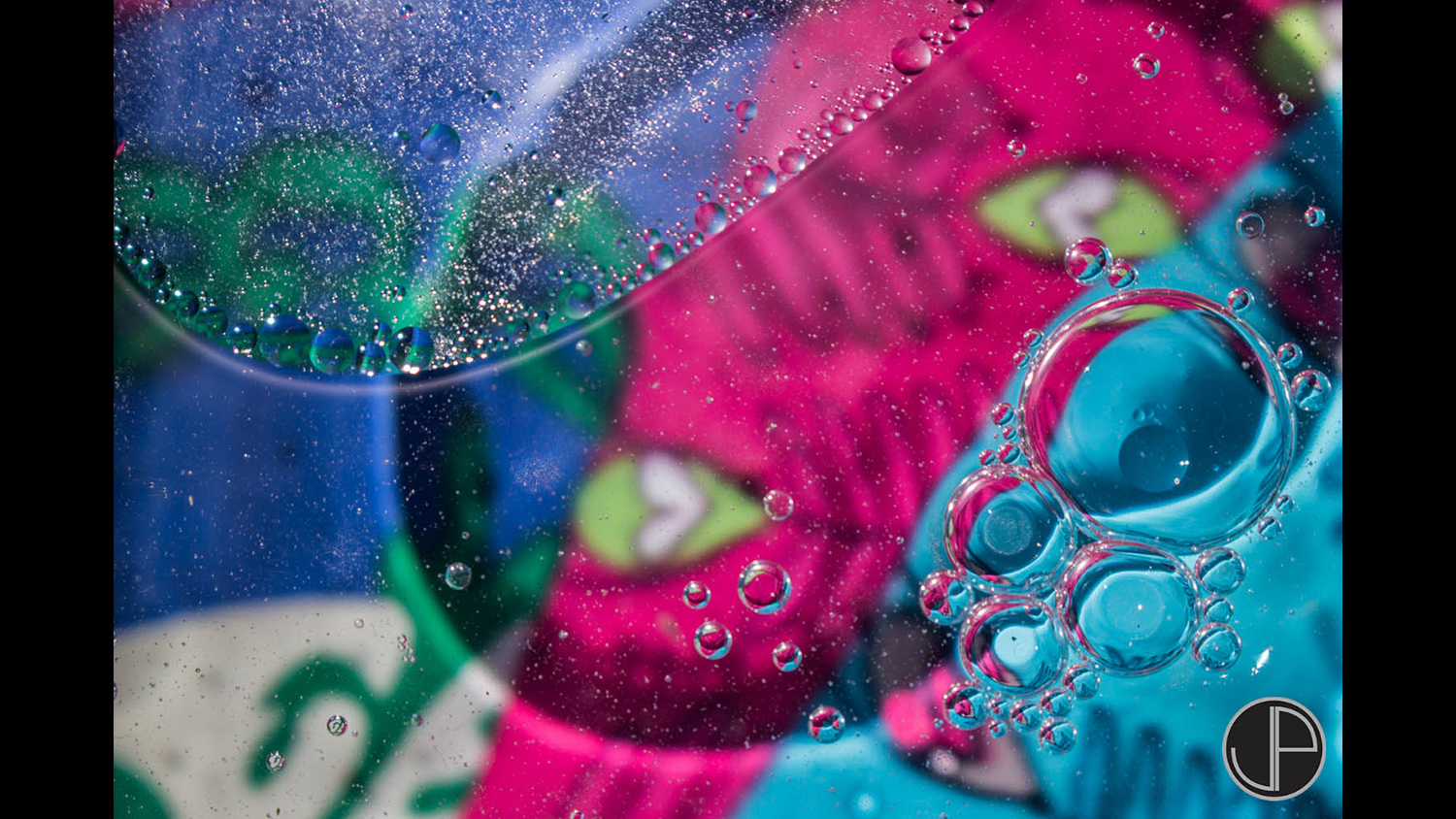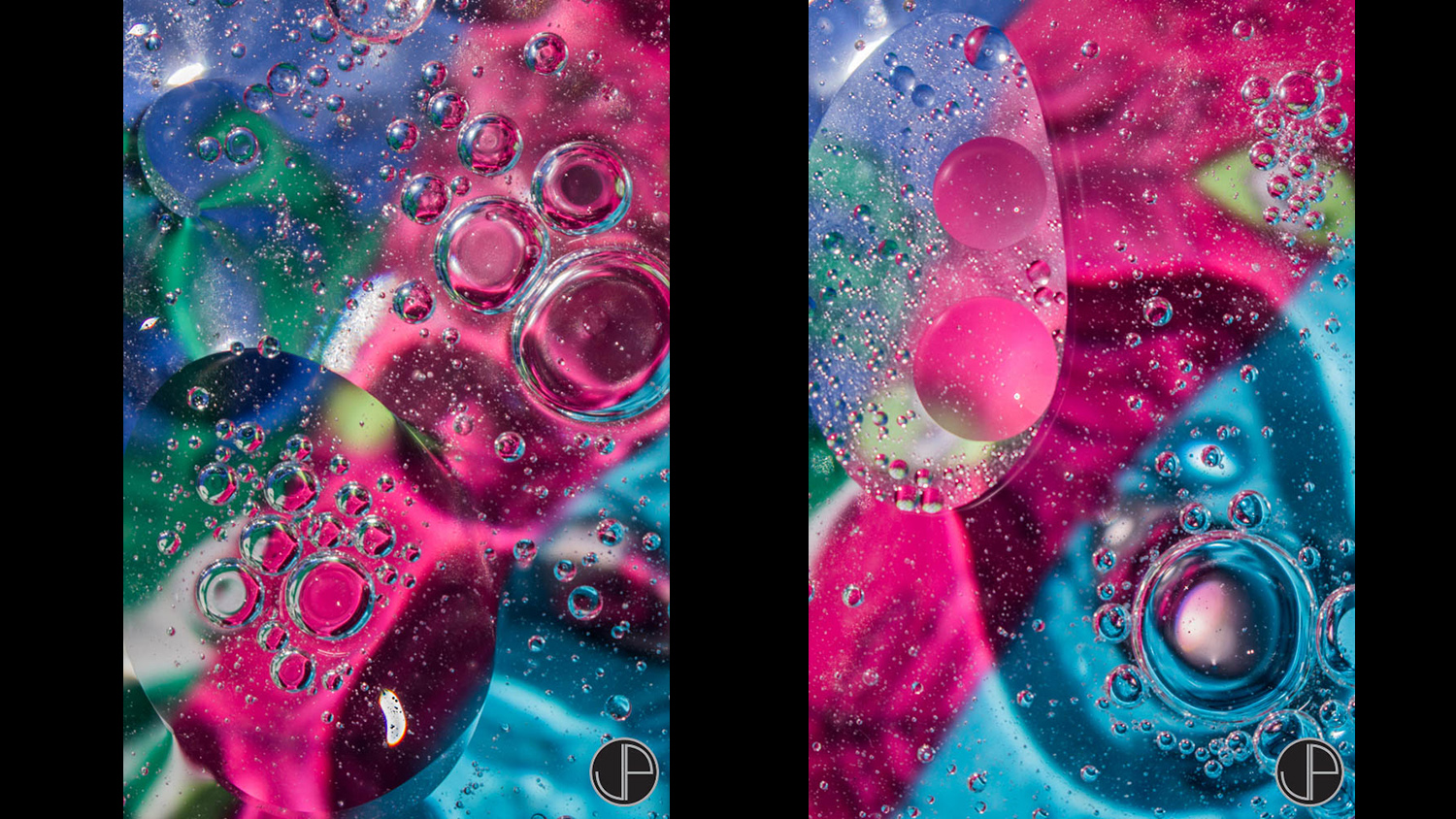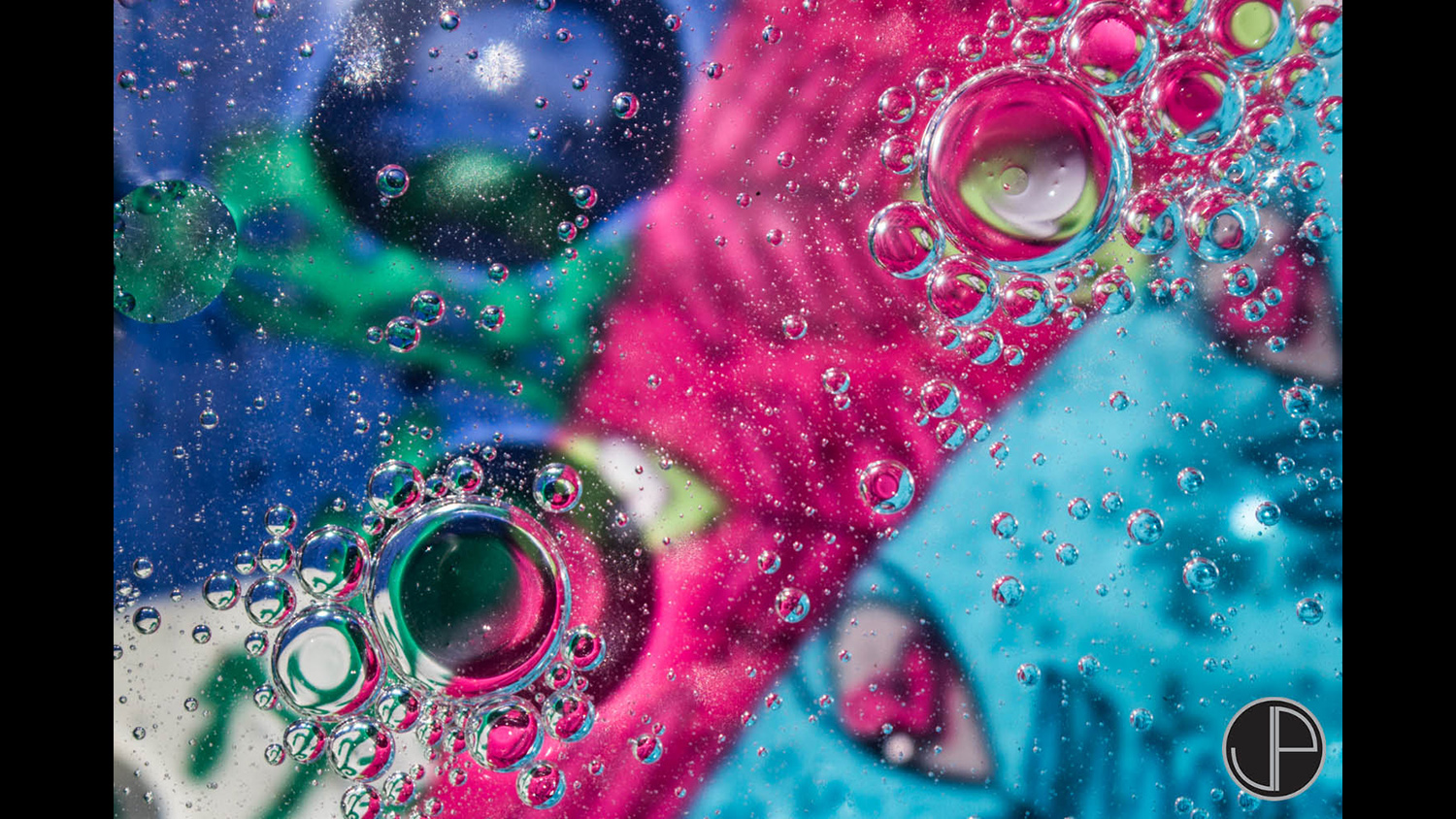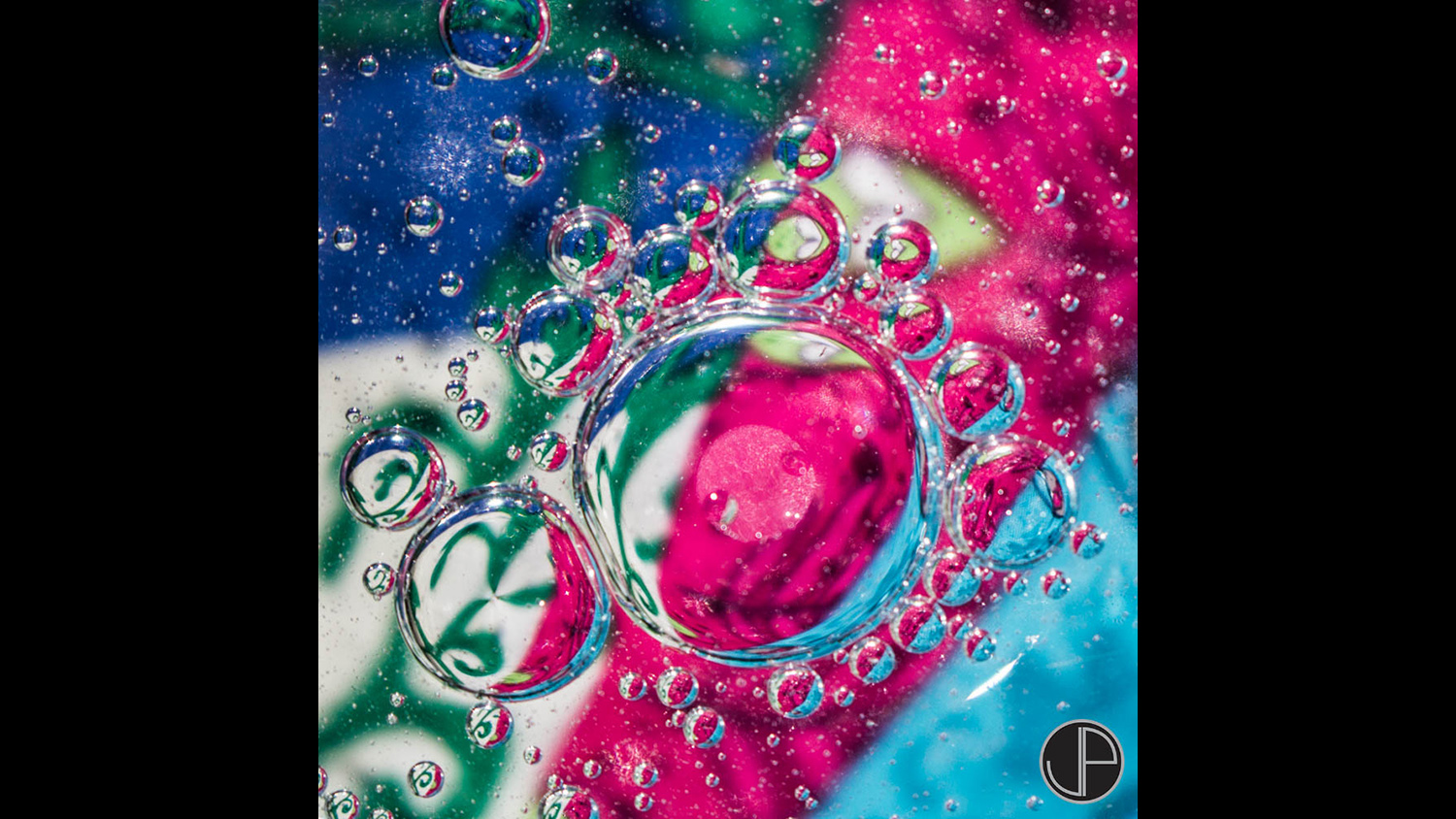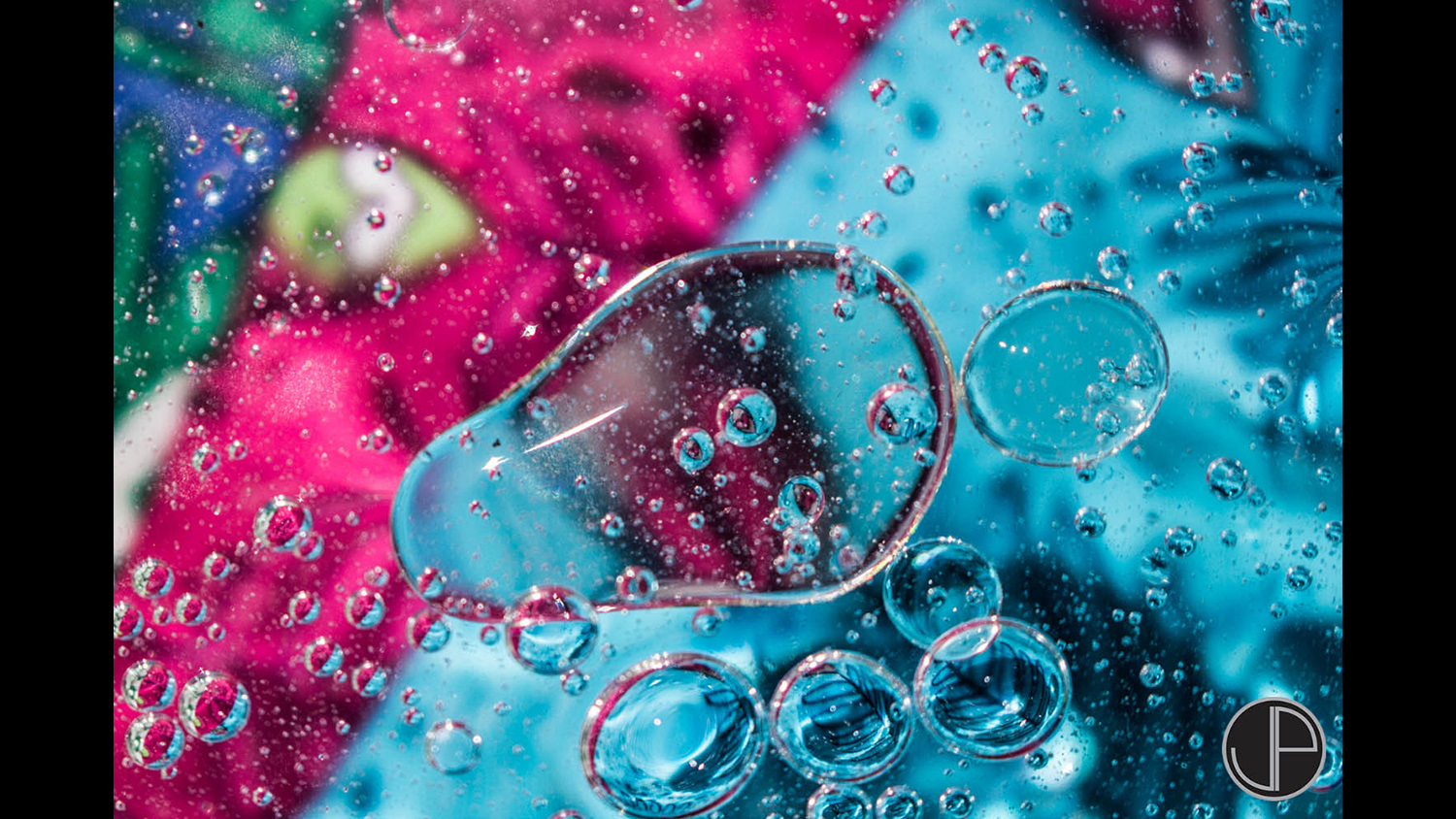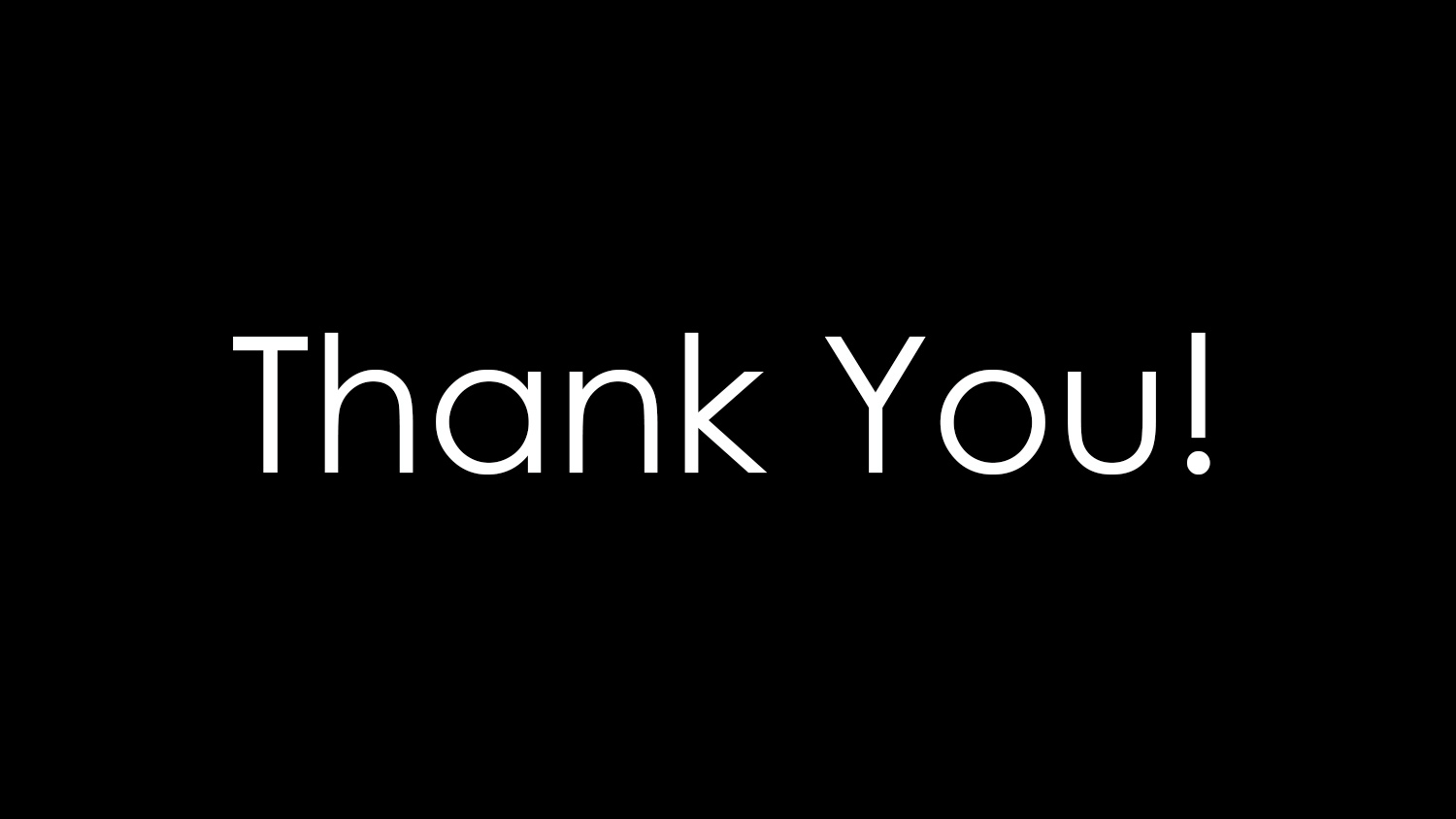The first thing I did was mark out on the foam board the area I wanted to cut out. For stability, I marked 1.5 inches into each side. On the cardboard light box I made before I only went in 0.75 inches. This made the box a little flimsy and hard to move around. Sometimes the sides wanted to bend in.
I used the white duct tape to piece the five sides together. It's worth noting that I did have to cut down the back side to fit. I decided to do this as I was putting it together to make sure I would cut off the right amount. Also, I liked making the light box this way because there is no lip on the front. That was a problem I had to deal with on the one made from cardboard.
The last step was to cover the holes with tissue paper. This acts very nicely to diffuse the light. I used one of the cut-outs to help keep the paper flat and in place as I was taping it. Initially, I wanted to create a light box to control reflections when I shoot glass. As you'll see in the following images, another benefit is being able to control shadows.



























